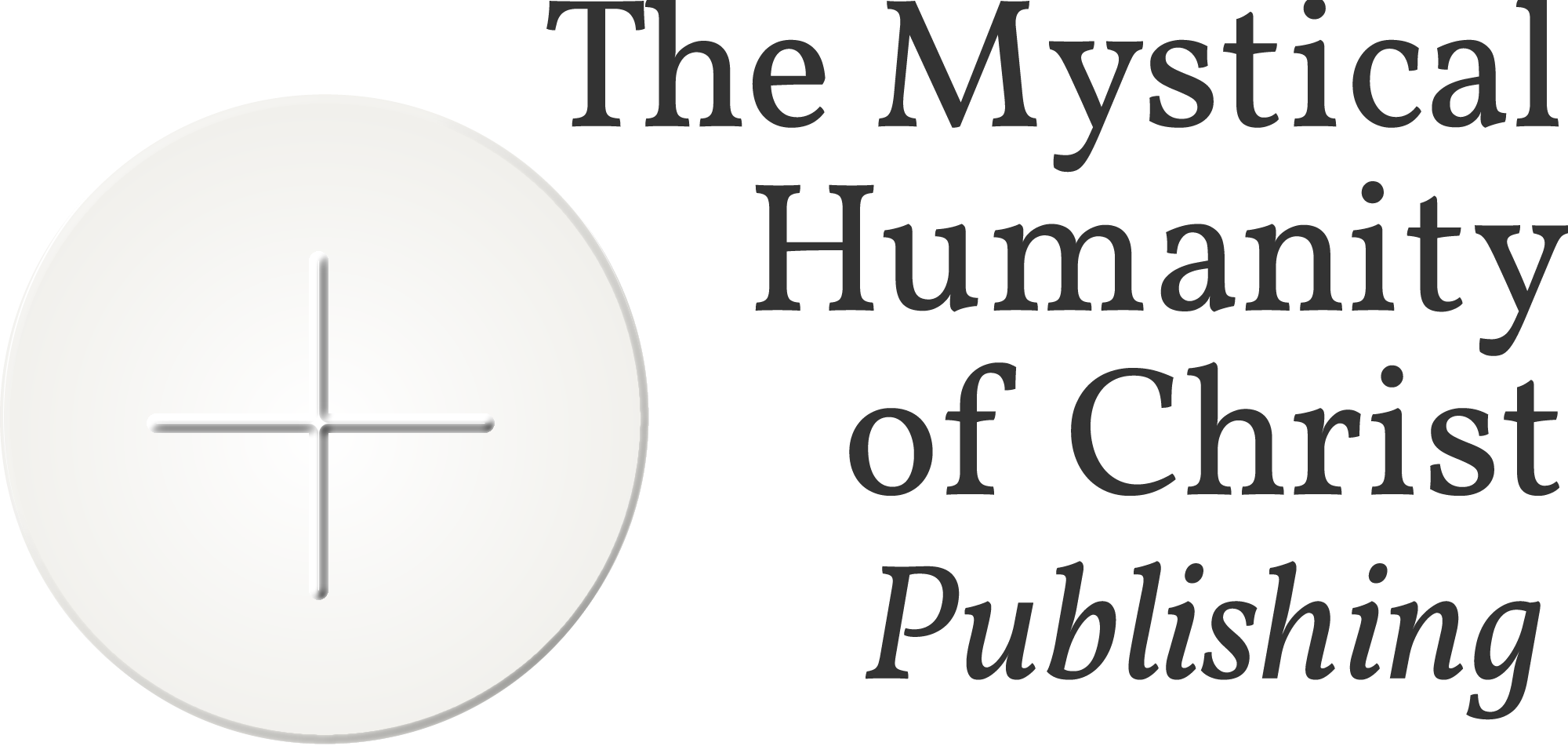
W. P. Bennett
The Liturgical Calendar: Its Meaning and Meditation
Walking into my local parish for daily Mass on Monday after we celebrated the Baptism of the Lord on January 11th, it looked rather empty. I don’t mean there were fewer people than normal, but the church itself felt empty. The Advent wreath was gone. Gone also were the elaborate nativity scene complete with life size wise men from the East, the Christmas trees in full decoration on the edges of the sanctuary, and the red and green bunting from the rafters. In their places there was…nothing. As the priest walked out to begin Mass wearing the green vestments, my thoughts crystalized—ah, yes…Ordinary Time is back. Christmastide is over. The Church has established a rich liturgical calendar marked by themes and seasons related to our salvation, practice, and spirituality. This article will give a little overview and insight into the Church calendar and what it means for us.
The Liturgical Calendar and Spirituality
Of course to say that the Church invented the idea of a calendar would simply be false. But I want to provide a way of looking at the Church’s calendar that differs from the way we look at regular calendars, which are almost omnipresent—from our cell phones, to office desks, to bedroom walls and bargain bins at Barnes and Noble. The calendar on my phone fills up rather more than I would wish sometimes, but if I scroll down through the months it will scroll through infinity (I’m guessing, I haven’t actually tried beyond the year 2050). As I go through these future years the reminders and obligations get fewer and fewer. But these days will eventually fill up, I will hopefully go to all the appointments, and then they will pass into the past and the calendar will continue scrolling. It almost feels like a merry-go-round. I go around and around the calendar and sometimes feel I’m going nowhere. The temptation is to do the same thing with the liturgical calendar.
But I want to propose looking at the Church’s liturgical calendar like a screw going into soft wood rather than a merry-go-round. Yes, the screw goes round and round; but the very process of going round and round draws the screw deeper and deeper. As we go round and round the liturgical calendar over the years of our lives we should be drawn deeper and deeper into the mystery of Christ’s life and mission. The bible begins, in the first verses of the first chapter of the first book (Gen 1:1-2) by saying
In the beginning, when God created the heavens and the earth- and the earth waswithout form or shape, with darkness over the abyss and a mighty wind sweeping over the water…” (NAB translation)
In essence, God reaches out over the chaos and brings order. One of the defining features of God is the bringing of order to chaos. In His wisdom and profound understanding of our humanity, Our God provides for us and communicates with us in ways we truly need as creatures; and, time being so deeply felt by the created world, the liturgical calendar gives meaning to our journey through time. In order to see this, we need to look at the basic periods established in the Church’s liturgical year.
The Periods of the Litugical Calendar
As I mentioned, we have entered into Ordinary Time. It can be easy to fall into the common trap of viewing Ordinary Time by our modern definition of ordinary. In other words-- plain, insignificant, almost meaningless time. But that is far from what is meant when the Church calls the majority of the time of the year ‘ordinary.’ The is the basis for calling the time ordinary, actually refers back again to that defining quality of God as the Divine Orderer of creation. It means that the time is ordered rather than chaotic. By identifying periods of the year through a calendar, the Church has been an instrument in God’s reaching out to bring order and system into the chaos of our world. So, Ordinary Time does not mean a “ho-hum time,” but is rather a time to reflect on how God intervenes in the world and brings his divine presence into the chaos of our life. It is a time for us to break from all the preparation and celebration of other feasts and practice our faith and relationship with God in the calm.
In addition to Ordinary Time, there are five other major seasons of the Church’s year that draw our focus toward preparing and then celebrating the two greatest gifts of God to humanity—the Incarnation of Our Lord Jesus Christ (Christmas) and His death and resurrection, the act that brought about salvation (Easter). Unlike the secular calendar, the liturgical calendar considers both Christmas and Easter to be seasons, not just individual days. The twelve days of Christmas are very real, and more than simply the basis for a cute song about turtle doves. Christmas season closes with the feast of the Epiphany, which we just celebrated on January 6. The feast of Easter is also celebrated for 9 days as an Octave. Thus the eight days after Easter should be celebrated with the same vigor as Easter Sunday itself; and Eastertide—or Easter season—in the Church continues through the feast of Pentecost.
Of course we are all familiar with the preparation periods of Advent and Lent that precede these major celebrations of Gods’ action in the world. The final season is the shortest—the Tridium. The Tridium is made of the three days leading up to Easter: beginning with the vigil on Holy Thursday and ending with evening prayer on Easter Day. The Tridium is so important that it merits its’ own season, even though this season is only three days long.
By going round and round preparing for and then celebrating the great actions of God in the world and keeping in mind the presence of God keeps order in the chaos in the in-between times, I think we cannot help but grow deeper in love with Jesus Christ so that each Tridium becomes different for us as we continue to be drawn deeper and deeper into the mystery that is limitless in its’ ability to feed us.
So let’s resolve together to continue to go round and round the liturgical calendar and allow it to draw us deeper and deeper into the mystery of the coming of Jesus Christ as man, his offering of that life back to the Father, and the continued times of recognizing God’s ordering power over the chaos; for if the liturgical calendar doesn’t do this we might as well throw it in with the calendars of cats playing pianos offered for half off beginning January second.




Comments